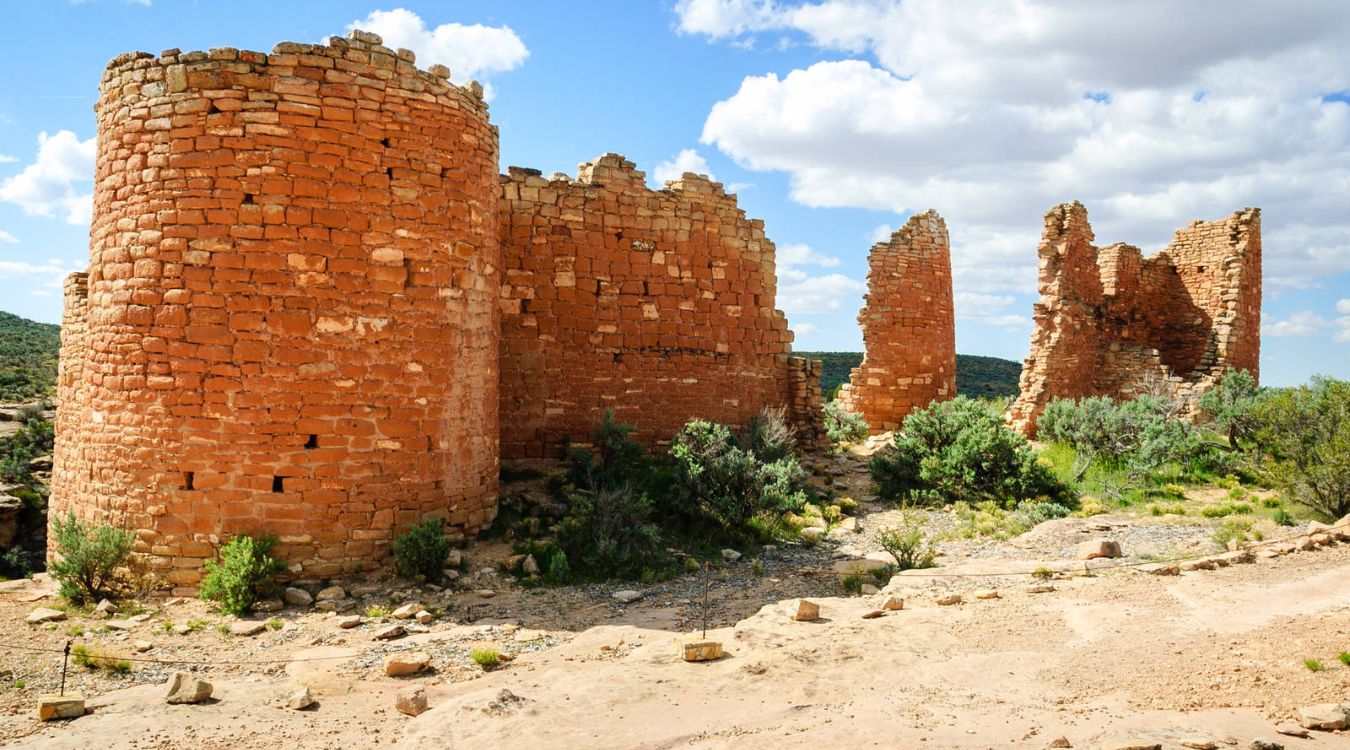Ancient Trading Routes Of Utah’s Hovenweep National Monument

Have you ever wondered about the ancient trading routes of Utah's Hovenweep National Monument? This hidden gem offers a glimpse into the past, where ancient civilizations thrived and traded goods across vast distances. Hovenweep, known for its stunning stone towers, holds secrets of a time when people navigated rugged landscapes to exchange pottery, food, and other essentials. Imagine walking the same paths that ancient traders once did, feeling the history beneath your feet. This monument isn't just a collection of ruins; it's a testament to human ingenuity and survival. Ready to step back in time and explore these ancient routes? Let's go!
Ancient Trading Routes of Utah's Hovenweep National Monument
Hovenweep National Monument, located on the border between Utah and Colorado, is a hidden gem filled with ancient ruins and fascinating history. This area was once a bustling hub of trade for the ancestral Puebloans. Let's explore some of the key trading routes and sites that made Hovenweep a significant center of commerce.
The Towering Ruins
The ruins at Hovenweep are not just remnants of ancient homes but also markers of significant trading routes. These towers and structures were strategically placed to oversee and protect trade paths.
Square Tower Group: This cluster of ruins includes the iconic Square Tower, which stands as a testament to the architectural prowess of the ancestral Puebloans. It served as a lookout point for traders and a storage facility for goods.
Holly Group: Located in a scenic canyon, the Holly Group features several well-preserved structures. The site was a key stop for traders moving between settlements, offering shelter and resources.
Hackberry Group: This group of ruins is named after the hackberry trees that grow nearby. It was a crucial waypoint for traders, providing a place to rest and exchange goods.
The Trade Goods
Trade in Hovenweep wasn't limited to just food and basic supplies. The ancestral Puebloans traded a variety of goods, each with its own significance and value.
Pottery: Beautifully crafted pottery was a major trade item. These pieces were not only functional but also served as a form of artistic expression and cultural exchange.
Turquoise: This precious stone was highly valued and traded extensively. Turquoise jewelry and ornaments found in Hovenweep indicate a wide trading network that extended far beyond the region.
Textiles: Woven textiles were another important trade item. The intricate designs and high-quality materials made them sought after by traders from different regions.
The Trade Routes
The trade routes that passed through Hovenweep connected it to other major cultural centers. These paths were essential for the movement of goods and ideas.
Cedar Mesa: This route connected Hovenweep to Cedar Mesa, another significant archaeological site. Traders would travel this path to exchange goods and gather resources.
Chaco Canyon: One of the most important trade routes linked Hovenweep to Chaco Canyon, a major cultural and economic center. This connection facilitated the exchange of goods, ideas, and cultural practices.
Mesa Verde: The route to Mesa Verde was another crucial link. This path allowed for the movement of goods between two of the most important ancestral Puebloan sites.
The Cultural Exchange
Trade at Hovenweep wasn't just about goods; it was also about the exchange of ideas and culture. The interactions between different groups helped shape the region's cultural landscape.
Ceremonial Practices: The exchange of ceremonial practices and religious beliefs was a significant aspect of trade. Traders brought new rituals and traditions, enriching the cultural fabric of Hovenweep.
Architectural Techniques: The sharing of architectural techniques and styles led to the unique structures found at Hovenweep. These innovations were a direct result of the cultural exchange facilitated by trade.
Agricultural Knowledge: The exchange of agricultural knowledge and techniques helped improve farming practices in the region. This knowledge was crucial for sustaining the population and supporting trade.
Hovenweep National Monument stands as a testament to the rich history of trade and cultural exchange in the ancient Southwest. The ruins and artifacts found here offer a glimpse into the lives of the ancestral Puebloans and their extensive trading networks.
Discovering Hovenweep's Ancient Trading Routes
Hovenweep National Monument offers a unique glimpse into ancient trading routes. The stone towers and structures tell stories of a time when trade was vital for survival. Walking these paths, you can almost hear the echoes of traders exchanging goods and ideas. The landscape itself, rugged yet beautiful, adds to the sense of history. Exploring these routes, you gain a deeper appreciation for the ingenuity and resilience of the people who once lived here. Their legacy, preserved in stone, continues to inspire and educate. Visiting Hovenweep isn't just a trip; it's a journey through time. Whether you're a history buff or just love nature, Hovenweep's ancient trading routes offer something special. So, lace up your hiking boots and step back in time. The stories of the past are waiting to be discovered.

